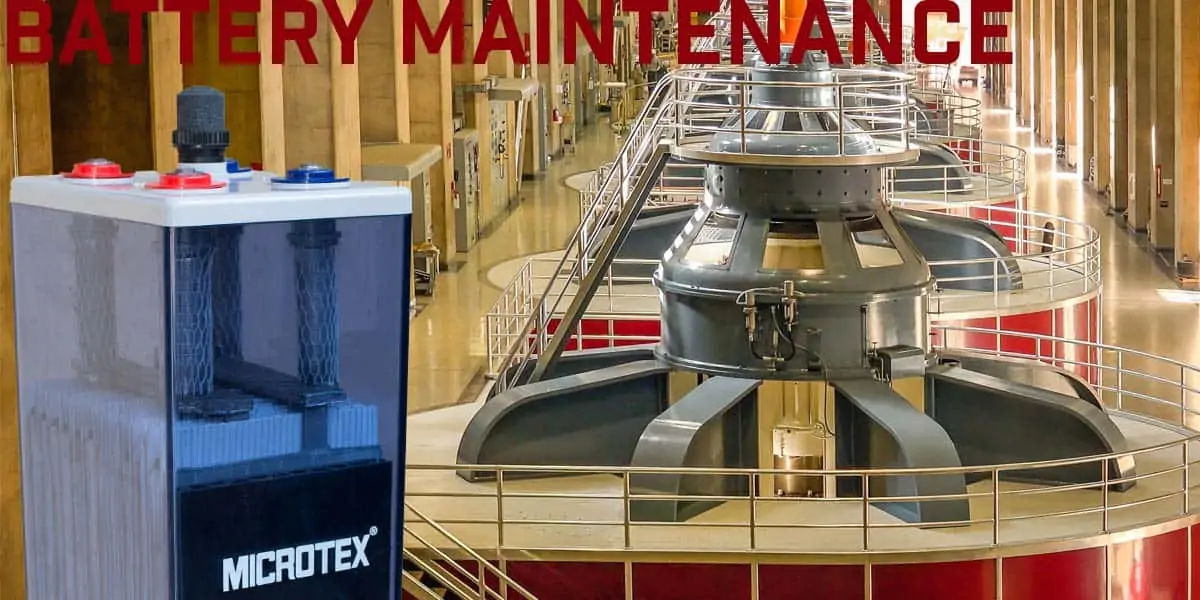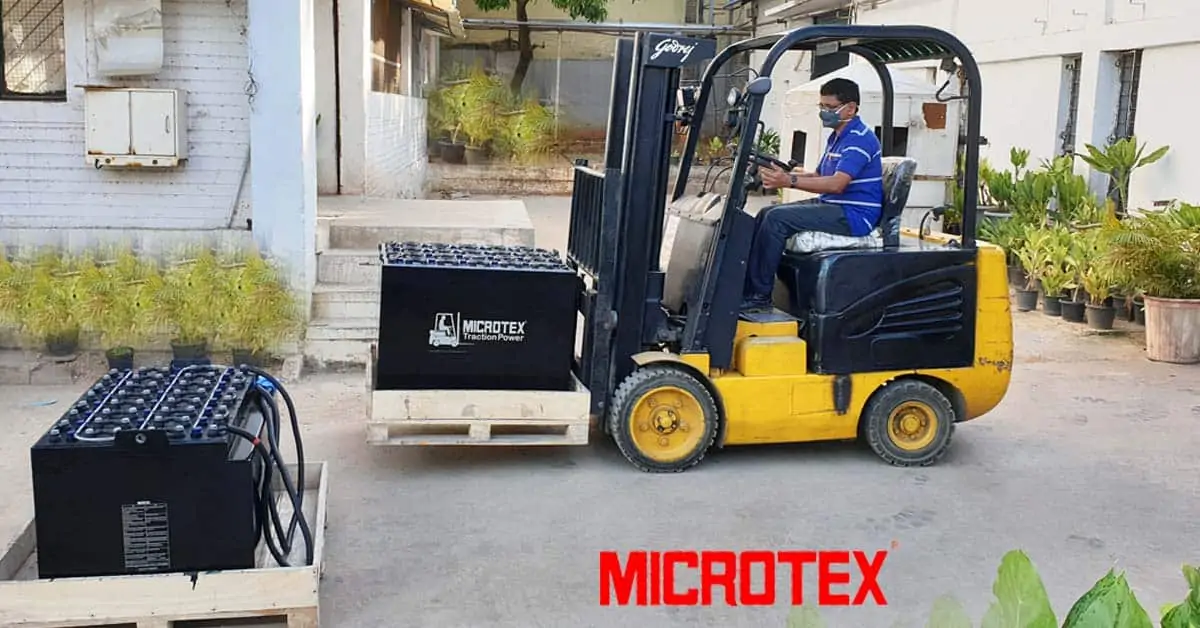2V battery bank maintenance guide
This is a general guide to obtain super long life from your battery banks. Always read & follow the battery manufacturer’s instructions to obtain the best performance characteristics.
Only trained & authorized personnel familiar with battery installation, charging & maintenance shall be permitted to maintain large stationary battery banks. Do not touch the uninsulated terminals or connectors of the battery banks. Ensure your tools are insulated before starting the battery installation. The vented 2v cells of the flooded lead acid type, produce hydrogen gases which are explosive. Protect your eyes using wrap-around goggles while working with the battery. Do not smoke, use open flames near a stationary battery. Batteries contain sulphuric acid which can cause burns. Wash the affected areas with flowing water for a minimum of 10 minutes & seek medical attention. Please comply with all local & national laws regarding batteries.
2V battery bank maintenance practices
2V battery or stationary battery are referred to batteries that are not moved from where it is installed. These battery banks are usually installed as a battery backup in telecommunications, electricity sub-stations, off-grid solar applications, nuclear power generating stations, large ups installations etc.. Stationary 2V cells are connected in series to get a higher voltage like 48v, 110V, 220V systems etc.
The 2V battery system is generally on float charge of 0.1V-0.15 V above open-circuit voltage. They are seldom put to use and yet when the need arises must instantly deliver the rated capacity often even 15 years later! For the proper working & long-life, the battery bank needs to have a good maintenance schedule well thought out. The maintenance schedule must consider the following situations:
Don’t overload your 2v battery

2V battery cells – Equalization charge:
Once a year, periodical boost (gassing) charge to equalize cell voltages
Periodic recording of float current, pilot cell voltages, specific gravity & temperature of the cell every month. If the application is critical like in a nuclear facility, it is better to maintain these records every week.
Collecting parameters on the battery charger on a periodical basis is highly recommended to predict any possible failure trends.
If cells are lagging or there is a gradual deterioration in cells it can be immediately observed & corrective action may be taken to ensure the criticality of the application it is being used for.
It would be highly recommended to record this information on a spreadsheet & a graph is made of the capacity over the years.
Predicting & planning a replacement of cells is wise & can avoid costly downtimes. Read more about Equalization charge
Overcharging 2V batteries
Ensure there is no overcharging of the cells. Overcharging a battery can have several effects on the battery:
It is the cause of corrosion of the positive grids which leads to mechanical weakening of the electrode & loss of electrical conductance
It tends to accelerate the decomposition of water in the electrolyte to form oxygen & hydrogen & excessive gassing & bubbling (not to be mistaken for the normal bubbling at the end of charge) in the battery. This escapes in the form of fine mist.
Excessive bubbling leaves the battery acid with lesser water & higher concentration of acid which attacks the positive plates causing the damage to the electrode as above
Overcharging causes buckling of the plates which may cause perforation of battery separators.
Undercharging 2V battery bank
A 2v battery or stationary battery bank operated with an insufficient charge over a long period of time causes sulfation to form over the negative plates. Sulfation is a dense, hard & coarsely crystalline salt which covers the negative plates & hinders the battery reactions. Read more about sulfation here.
A battery that is undercharged has lower specific gravity. Such batteries can freeze their electrolyte in cold weather climates below freezing temperatures. You can read about this here – the battery electrolyte freezing temperature chart here
Topping up frequency of 2V battery bank electrolyte:
Modern 2V battery like Microtex OPzS requires water topping up only once a year.
Check the level of your cell electrolyte level periodically. Top up only with Demineralized water (DM) water. Do not add acid to the battery at any cost. Add only enough quantity so that the level is just below at the end of the vent plug seating. Overfilling causes the loss of valuable electrolyte.
Always ensure that the level is checked carefully. Do not let the electrolyte level fall below the plates. This can cause irreversible damage. You can use a good number of water filling devices which are available in the market to speedily top-up the electrolyte with water in a large 2V battery bank.
Why do 2V battery explode?
There is an evolution of nascent hydrogen in the battery during charging. Large 2V battery banks can produce high levels of hydrogen which escape through the vents. If the stationary battery bank is enclosed in tight compartments or rooms without adequate ventilation, any small spark can trigger an unpleasant explosion of immense scale. So take care to ensure that room is adequately ventilated. A presence of over 4% hydrogen mixture in the air can lead to an explosion.
Precaution required: Keep the battery room well ventilated
Permitted depth of discharge (DoD) in 2V battery bank
This is a critical factor to consider for the optimum performance of your battery. The influence of depth of discharge on cycle life is a well-known factor. Capacity & discharge time are related factors in the functioning of a 2v battery. Ensure there are no new unexpected loads connected to the battery.
2V Battery bank Terminals & connections:
Ensure the terminals are free from acid or sulfation. Keep the terminals always clean. Use plain water or a mild solution of baking soda & water to clean the terminals. Absolutely be sure that this does not enter the battery through the vent plugs. Apply a thin film of petroleum jelly on the terminals.
Keep the bolts connecting the cells at the rated torque. Over-tightening can cause the lead terminal to deform.
Clean the battery covers:
Keep the top of the battery clean & free from any spills from overflowing electrolyte due to accidental overfilling. A presence of acid on the covers is a ready path for short-circuiting between the terminals. Slow discharge of the battery & ground voltage occurs. Avoid this at all costs, by keeping the top clean & free from electrolyte
Excessive watering required in some cells:
Watch out for particular cells that consume more water than the rest. This could be a sign of possible internal shorting. Keep a close watch on the voltage regularly & record. If any sharp drops are observed take steps to replace this cell as early as possible.
Excessive temperatures in the cells of the battery bank
This is another sign for internal shorts. Using a laser thermometer it is very easy to record the temperatures of all the cells in the entire battery bank.
If you spot cells that are having unusual readings, keep close watch of these cell temperatures. If they persist have it checked & replace if necessary.
Summary
Simple routine maintenance practice ensures that you get the best life out of your stationary battery. Feel free to Contact Microtex for any assistance you may need.




